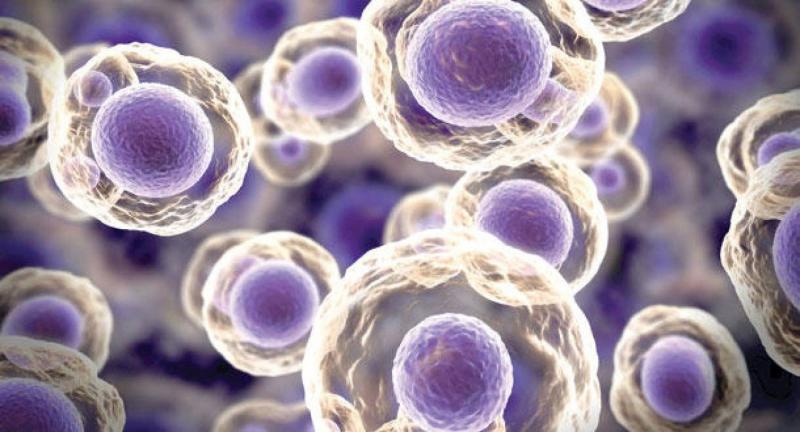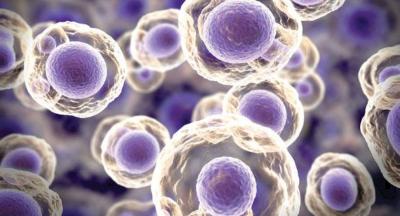Researchers from the University of Surrey and College have revealed a new imaging technique that allows visualization inside a single living cancer cell and monitoring how it interacts with its environment. According to the research team, this innovative technique extracts single living cells using tiny tubes that are 10 microns wide, allowing for precise analysis and observation of their development.
The scientists applied this approach to analyze lipid molecules within various cancer cells, interestingly identifying differences in the lipid profiles of different cells. Joanna von Geerichten from the School of Chemistry and Chemical Engineering at the University of Surrey stated that the challenge with cancer cells is that no two are alike, making it difficult to design effective treatments since some cells will always resist therapy more than others. However, it has always been challenging to study living cells after they are removed from their natural environment in sufficient detail to understand their composition, which is why sampling living cells under the microscope and studying their lipid contents one by one has been unattainable.
The researchers mentioned that the new technique paves the way for studying cancer cells in finer detail, leading to the development of new, more targeted therapies. It may also help doctors understand the impact of radiation exposure on cells, specifically how some cancer cells resist radiotherapy. A deeper understanding of cancer biology could lead to the development of more effective treatments in the future.
It is noteworthy that a cancer cell is a cell that divides abnormally, leading to the growth of a tumor over time. The division of a cancer cell takes time; it does not happen overnight but may take years to form the cancerous mass. Cell division is a natural process that the body uses for repair and growth, but this is different for cancer cells, as they divide and grow faster than normal cells, creating a solid malignant mass that increases in size over time.




